Welcome back to our deep dive into the O-1A visa. In our main post, “Unleash Your Extraordinary Journey,” we outlined several paths to proving extraordinary ability. Now, we’re taking a close look at one of the subcomponents of the overall effort: Criterion 7: Evidence that the beneficiary has been employed in a leading, critical, or essential capacity for organizations and establishments that have a distinguished reputation.
Think of this as the “key player on a championship team” criterion. It’s not just about being on the team; it’s about proving you were a vital part of its success and that the team itself is legendary. For many trailblazers—innovators, lead engineers, researchers, and startup founders—this criterion is often a key part of the effort to prove their extraordinary ability in their field.
This guide will deconstruct every facet of Criterion 7, providing the strategic insights needed to build an undeniable case.
Deconstructing Criterion 7: The Two Pillars to meet
At its core, this criterion stands on two pillars. You must convincingly prove both:
- Your Role: That your capacity was “leading,” or “Critical”
- The Organization: That the organization has a “distinguished reputation.”
Let’s explore what USCIS is looking for in each.
Pillar 1: What Is a “Leading” or “Critical”” Capacity?
This is where the substance of your work outshines your job title. USCIS is explicit that your actual duties and performance are what matter. A “Lead Member of Technical Staff” could hold a more critical and leading role than a “Vice President” at a different company.
- A leading role is generally a principal role, signifying a position of high responsibility and influence over projects, divisions, or the organization itself.
- A critical role is one of “significant importance” to the organization’s core activities.
How to Prove Your Leading or Critical Role: A Checklist of Evidence
- Leadership & Investigative Roles: Were you a principal or named investigator on a project that received a merit-based government award (e.g., an SBIR grant or major academic research grant)? This is powerful, direct evidence of a leading role.
- Key Team Membership: Can you document your membership on a key committee or a high-performing team? This could be a standards committee, a strategic planning group, or a specialized R&D team responsible for a flagship product where you had a leading function.
- Foundational Contributions to Startups: Were you a founder, co-founder, or a key contributor of intellectual property to a startup? The role of a founder is inherently a leading and critical one.
- Expert Testimonials: This is crucial. You need detailed letters from individuals with personal knowledge of your work (supervisors, C-suite executives, collaborators). These letters must go beyond praise and explain why your specific contributions were indispensable to achieving a key company goal. It is strongly preferred that these letters be on company letterhead or include the organization’s logo to affirm authenticity.
- Government Endorsement: A letter from a government agency (like the Department of Energy or National Institutes of Health) attesting to your leading or critical role in a project they fund is exceptionally strong evidence.
Pillar 2: Defining a “Distinguished Reputation”
Proving the organization’s reputation provides the context for your leading or critical role. A leading critical role at a recognized organization carries more weight than one at an unknown entity.
How to Prove the Organization’s Reputation: A Checklist of Evidence
- For Any Organization:
- Scale and Longevity: Evidence of a large customer base, significant market share, and a long history of operation.
- Media Coverage: Articles and reports in major media outlets or prestigious trade journals that discuss the organization’s achievements and high standing.
- Awards: Nationally or internationally recognized awards for excellence received by the organization itself.
- Specific to Academic Institutions:
- Rankings: Evidence of high national or international rankings (e.g., QS World University Rankings). Designation as an R1 or R2 doctoral university by the Carnegie Classification is a strong positive factor.
- Grants: Documentation of significant government research grants awarded to the institution or department.
- Specific to Startups:
- Significant Funding: This is a key indicator for new companies. Provide evidence of substantial funding from reputable venture capital funds, angel investors, or government entities. The amount should be commensurate with the startup’s stage and industry.
- Legitimate Opportunities: Show that the business is not merely speculative. This can be proven with signed client contracts or detailed outlines of elaborate projects the company is undertaking.
- Investor Interest: Beyond actual funding, documentation showing strong interest from other potential investors can signal a distinguished reputation.
Strategic Approaches for Different Organizations
The evidence you gather will depend heavily on the type of organization you worked for.
Case Study 1: The Large, Well-Known Corporation (e.g., Google, Pfizer)
- The Challenge: The company’s reputation is self-evident, but you must prove your role within the massive organization was truly critical and not just a small cog in a large machine.
- Your Strategy:
- Leverage Internal Structure: Focus on the reputation of your specific division or team. Was it the “Advanced Research” group? The “Flagship Product” division?
- Get High-Level Letters: A letter from a VP or Director explaining that your project was a top corporate priority or that your specific technical skill was unique and indispensable is gold.
- Connect to Public Success: Show how your work directly contributed to a product launch, a patent, or a feature that was highlighted in the company’s annual report or a major media article.
Case Study 2: The Small but Influential Startup
- The Challenge: The startup lacks longevity and widespread name recognition. Its reputation is based on its potential and early validation.
- Your Strategy:
- Follow the Money: Make venture capital funding the centerpiece of your argument. Detail the prestige of the investors and the significance of the funding round.
- Showcase Your Foundational Role: As a founder or early employee, your role is inherently critical. Detail your contributions to the core IP, securing the initial funding, or landing the first major clients.
- Highlight Early Traction: Use evidence of major client contracts, strategic partnerships, and positive mentions in influential tech blogs or industry publications to build a picture of a company on a rapid upward trajectory.
Case Study 3: The Non-Profit or Academic Research Institute
- The Challenge: These organizations are not measured by revenue or customers, but by their contributions to their field.
- Your Strategy:
- Focus on Rankings and Grants: Use university/department rankings and evidence of competitively awarded government research grants as primary proof of distinguished reputation.
- Prove Your Research is Central: Demonstrate that you were a principal or named investigator on a significant grant. Show that your research was core to the institute’s mission and a reason for its high standing.
- Use Peer Recognition: Letters from other leading academics in your field attesting to the importance of your institute’s work—and your critical role within it—can be very persuasive.
Weaving the Narrative: It’s All About Connection
Simply presenting two separate lists of evidence—one for your role, one for the organization—is not enough. The key to a successful petition is to build a compelling narrative that inextricably links them.
Please note, the regulation is framed as leading OR critical role. Showing one or the other in a compelling manner is what’s required under this criterion. There’s no need to go for both.
Your petition should tell a story: “This organization is distinguished because of the groundbreaking work it does, and I was in a critical role, personally driving that specific work forward.”
For example:
- Weak: “I worked at XYZ Inc., which has received $50M in funding. I was a lead engineer.”
- Strong: “I was the lead engineer at XYZ Inc., responsible for developing the patented AI algorithm that was the centerpiece of our pitch to investors. As a direct result of the successful demonstration of my work, the company secured a $50M Series B funding round from the prestigious firm Sequoia Capital, establishing its distinguished reputation as a leader in our industry.”
Final Thoughts: Your Experience is Your Evidence
Criterion 7 is a powerful tool for O-1A applicants whose evidence of extraordinary ability is demonstrated through their tangible impact on successful enterprises. It allows you to showcase your real-world influence in a way that other criteria might not fully capture.
Building a successful case requires a strategic and meticulous approach. You must not only gather the right evidence but also weave it into a powerful narrative that leaves no doubt about your critical importance to a distinguished organization.
If you believe your career history aligns with this criterion, the next step is to strategically document it. We specialize in helping extraordinary individuals like you tell their stories in the most compelling way possible.
📩 Ready to explore how the O-1A visa can benefit your company? Schedule a consultation with us today!



